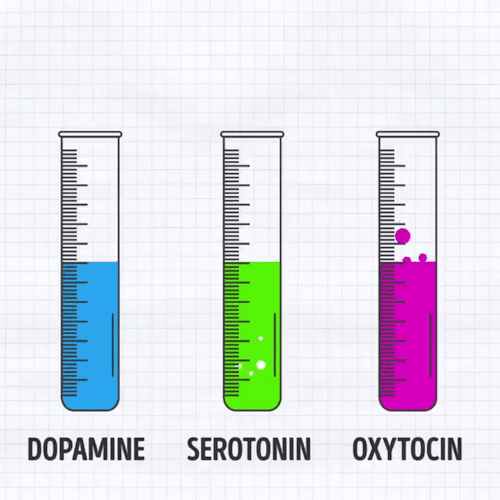
If you are constantly tired, how can you restore your energy?
Ongoing fatigue requires some assessment before launching into action. Look at:
- how long your work day is
- how well you sleep
- how much physical activity you get in a day
- what and how much you eat and drink
- what your stress level is like
- having your doctor assess you for fatigue-related conditions such as anemia
Overwork, inadequate sleep, mild dehydration and high stress are common energy-thieves.
You may not be able to modify your work schedule, but might be able to schedule some R&R. Keep your appointments with yourself as rigorously as you would with anyone else.
Take frequent movement and water breaks during your day. Inactivity promotes reduced oxygenation because of shallow breathing and dehydration saps your energy.
Diet can be a key determinant of whether you feel energized or exhausted. An adequate number of calories is important but so is the source of those calories. Even if you don’t have “blood sugar problems”, wide swings in your blood glucose and insulin levels can contribute to fatigue. Eat a low glycemic diet, feeding as often as you need to so you feel sustained – not everyone is suited to fasting, intermittent or otherwise. Consider adopting some/all of the features of The Dysglycemia Diet.
Stress can be positive or negative. Positive stress, like excitement, can result in doing too much and negative stress contributes to increased tension, low mood, low appetite and disrupted sleep. Meditation, deep breathing exercises and regular movement or exercise can help you deal with the effects of stress better.
If you have reviewed your risk factors for fatigue and have addressed your diet, activity, sleep and mood to the best of your ability, it could be time for a chat with your doctor about your low energy. Fatigue is a common symptom of many conditions so some testing and other forms of assessment might be needed to solve your low energy puzzle.



















